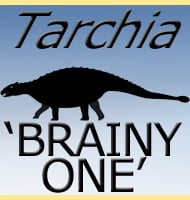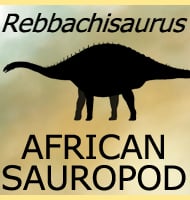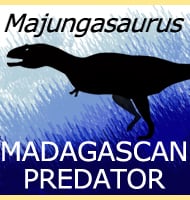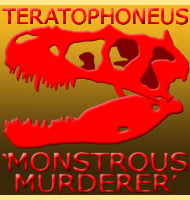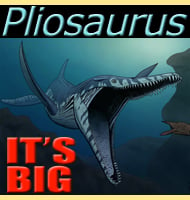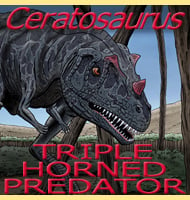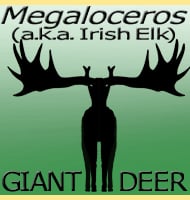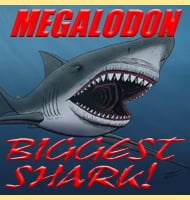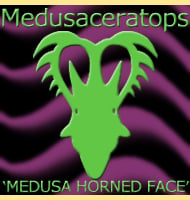In Depth
2010 saw the description of a new genus of madtsoiid snake called Menarana. Although initially described from Madagascan fossils, the team describing the new genus also stated that a Spanish species of the Madtsoiidae type genus Madtsoia actually represented a second species. This led to the creation of the Menarana type species Menarana nosymena from the Madagascan fossils, and the creation of the second species Menarana laurasiae from Spanish fossils that were originally described as Madtsoia laurasiae.
Menarana is an interesting genus since it displays morphological traits that suggest that in life it would create its own burrows. These features include vertebrae which have reduced neural spines (making them flatter and easier to fit down a hole); while the vertebrae near the skull have a higher degree of fusing (allowing for rigidity against the stresses of pushing into soil). The relatively large head size of Menarana however, around seven centimetres across, means that it would have required a large amount of strength to dig burrows of any significant size. For this reason the team describing Menarana have also suggested that these burrowing features may simply be evolutionary throwbacks of an ancestor that was more dedicated to a burrowing lifestyle. This speculation also exists for a related genus named Yurlunggur, since it has fused vertebrae but also a very blunt snout that could not be pushed into soil.
With a length of almost two and half meters, Menarana was no giant and would have been lower down the food chain. But as a snake it would have been a predator nonetheless, although it would be limited to smaller animals. It is not inconceivable that the burrowing adaptations seen in Menarana may be the signs of a specialist hunter that followed other burrowing creatures into their burrows, perhaps using its own larger head to open up a burrow so that it could reach in devour the occupant within. Menarana could have also hunted other small animals on the ground, perhaps even raiding the nests of dinosaurs to snatch new hatchlings, as has been speculated for Sanejah, another genus of madtsoiid snake also described in 2010.
Further Reading
- A Late Cretaceous (Maastrichtian) snake assemblage from the Maevarano Formation, Mahajanga Basin, Madagascar, Thomas C. Ladukea, David W. Krauseb, John D. Scanloncd & Nathan J. Kleyb - 2010.

